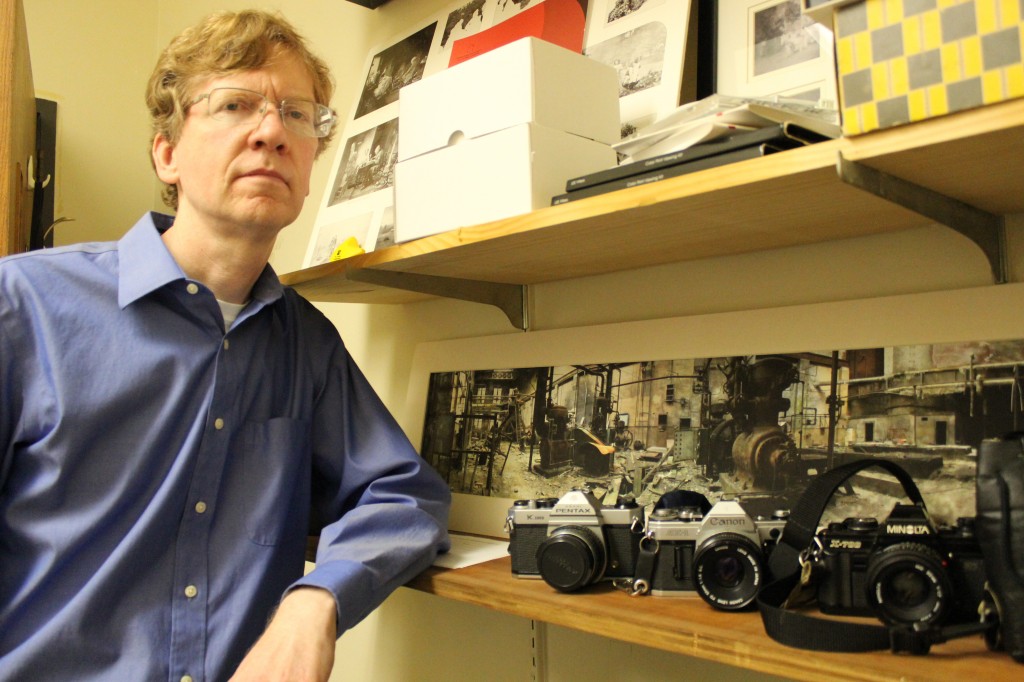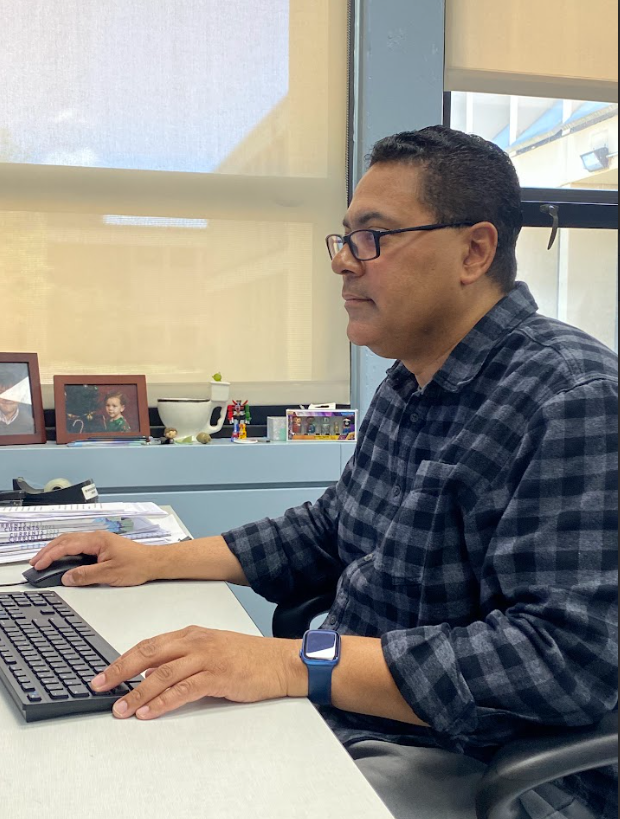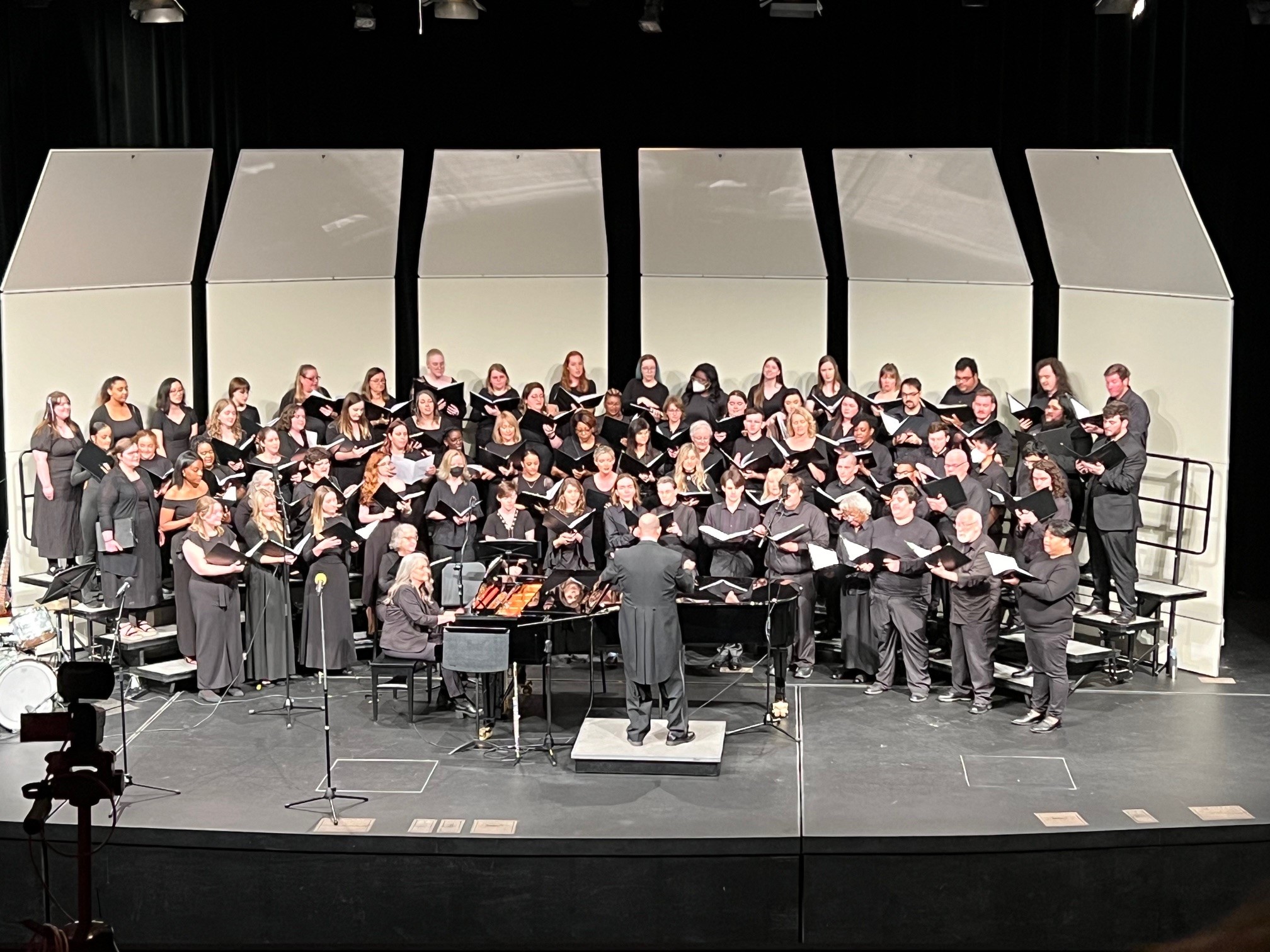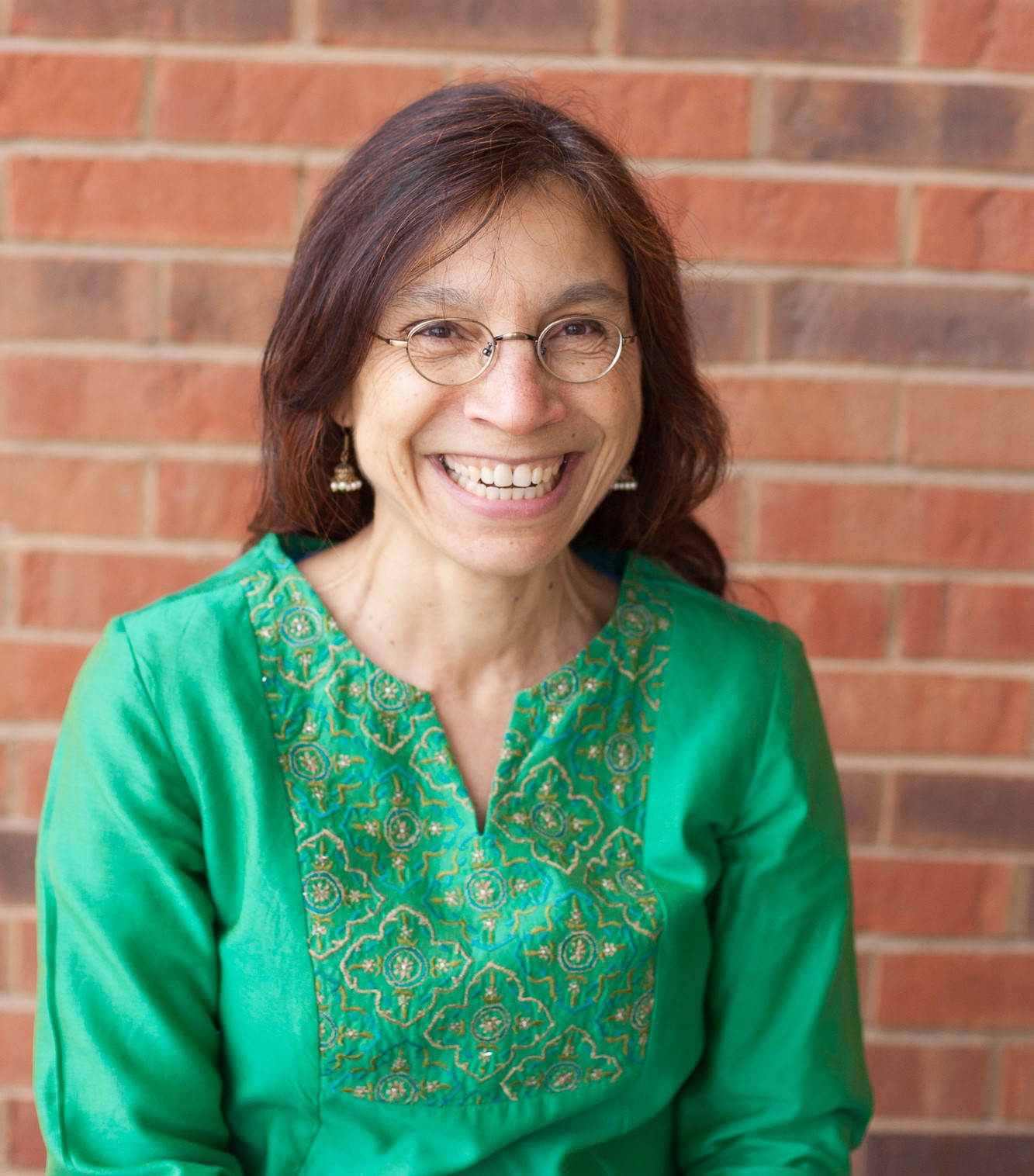Meramec photography instructor, David Hanlon, travels to China as part of a photography group

By: DALILA KAHVEDZIC
Asst. Art & Life Editor
Photography is in every sense of the term breathtaking especially for David Hanlon. As a15-year-old, Hanlon chose to be a part of this ever-growing art with the ability to capture emotions with the click of a button and feelings with the shutter of a lens.
“[Photography has] become a greater and greater communication tool for people to share experiences and certainly the old ideas of showing things that are hard to verbalize in other kinds of ways,” Hanlon said.
As a 24-year veteran in the world of photography, Hanlon has been helping students further develop their passion and skills for photography. He spent 12 years as a part-time instructor at STLCC-Florissant Valley and has been fulltime at Meramec for an additional 12 years.
Hanlon was recently chosen as one of 10 photographers from St. Louis invited by the NPA (Nanjing Photographic Association) to participate in a 12-day exchange trip to China.
“I was really excited to be a part of a group of well-known and skilled photographers,” Hanlon said. “I was also happy to be a representative of the college and someone in education that would be able to talk with teachers and students that were in China who were interested in what we do. It was a great opportunity.”
Hanlon said that meeting people and seeing locations and scenes that he has never experienced before were one of his favorite experiences from the trip. The pace of life and modern growth of China was something that Hanlon said caught his attention.
“The amount of expansion in terms of growth out of the main cities into the rural areas and all the building that’s taking place is really amazing,” Hanlon said. “It’s much like the United States in the 1950’s.”
Hanlon is happy to share his experience and all the new information with students this year and introduce something new into the curriculum.
“Certainly when we talk about global activities, like what people are doing in different parts of the world with photographs and how photography is used differently in different parts of the world, so I’ll be able to introduce some of those ideas.” Hanlon adds.
Hanlon’s prior experiences with photography and some in filming, include super 8 films while he was younger and quite a bit of commercial work in college and Graduate school. Coming together with other artists to take pictures of their art work and events such as weddings helped continue his love for photography.
Although Hanlon often uses a digital camera, his favorite type would be a 50-year old camera.
“Its flexibility and the way it works, Its been a camera I’ve used for 30 years” Hanlon said.
On the topic of older cameras vs. newer and more continuously advancing ones, Hanlon said that the kind of work he does doesn’t require all the benefits that the digital cameras have, and although rectangular photos can turn out great, he prefers a square-type photo more which would fall into the older camera category. Canon would be his digital camera brand preference.
While Photoshop has always been a staple in the industry it seems to have become an immense phenomenon in today’s society, so of course it was brought up in interview. On that note, Hanlon says.
“I always use Photoshop to refine and finish images.”
Hanlon’s favorite effect would be perspective correction. Perspective correction assists with making lines look more vertical, for example with a building it would help make it look like its tipping backwards or collapsing.
Since he has been photographing interior spaces and architecture as a main subject for the last 10 years, this nifty tool comes in handy more than often.
On the topic of what photography brings into the world and society,
“It’s become a greater and greater communication tool for people to share experiences and certainly the old ideas of showing things that are hard to verbalize in other kind of ways” Hanlon said.
When asked what his favorite photo shoot or experience was, there was not one that particularly stood out to him,
“It was always a great experience working with people and a having that social setting” Hanlon said.
Advice he would give to students or anyone interested in photography would be perseverance,
“keep practicing and get feedback from friends” and last but definitely not least, “find things that you really like and your work will continue to get better and better.”
Agreeing with a famous quote, “A camera is a tool for learning how to see without a camera” Hanlon explains how he’s been producing images for so long that he notices things and easily comes to the realization that they would be very strong in a photo.











